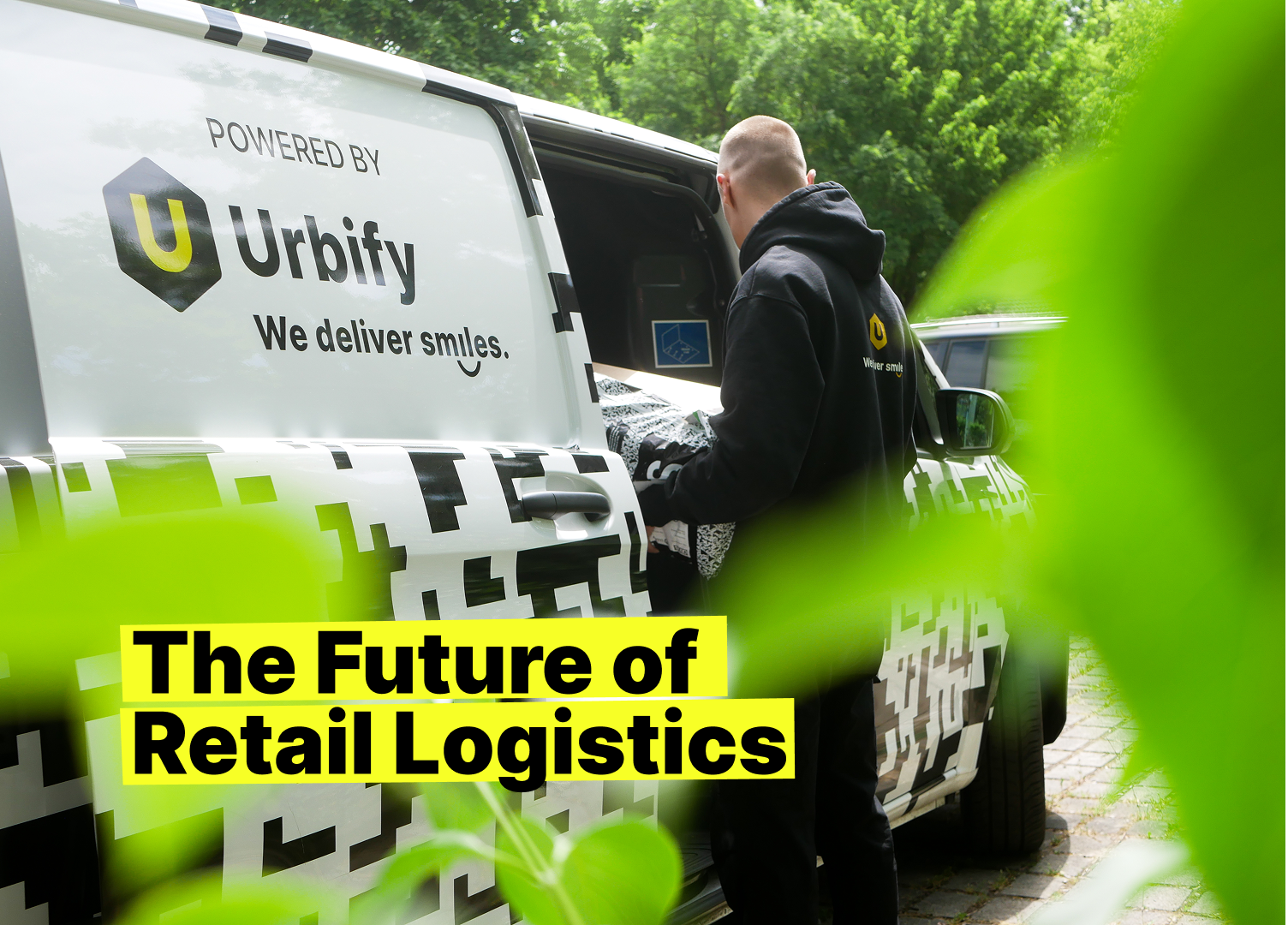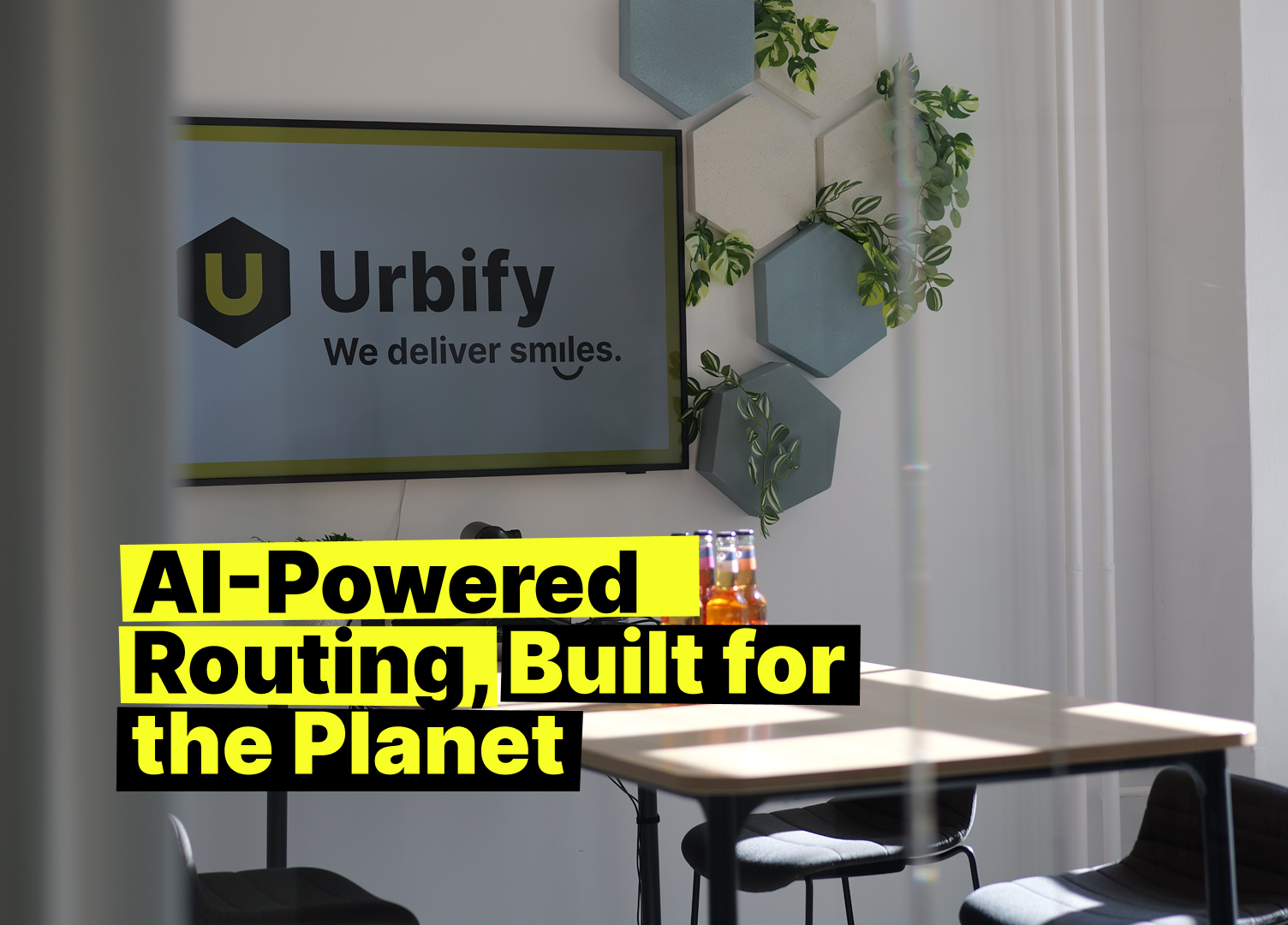Every delivery comes with an environmental cost. Whether it’s the fuel burned, the emissions released, or the time spent on the road, the impact adds up quickly, especially when things don’t go as planned.
Failed first attempts, rerouted drivers, and returned parcels are more than just operational hiccups. They’re sources of unnecessary emissions, customer frustration, and wasted resources.
At Urbify, we believe delivery should be efficient, predictable, and as sustainable as possible. That’s why we’ve built our logistics model around getting it right the first time. We focus on first-attempt delivery success, we don’t do returns, and we rely on tools like what3words to ensure address precision, even in the most complex city environments.
Let’s take a closer look at how this approach works and why it matters.
The Problem With Failed Deliveries and Returns
Traditional parcel delivery models tend to be built with failure in mind. Multiple delivery attempts are often baked into the process. If a customer isn’t home, the courier tries again the day after, or worse, returns the parcel to the warehouse, only to reassign it or send it back to the retailer.
Here’s what that looks like in practice:
- A driver returns to the same address two or three times
- The vehicle spends more time on the road
- Support teams handle rebookings or complaints
- Some parcels are eventually returned to sender
- Customers are left with a poor experience
All of this creates more traffic, more emissions, more work, and more cost. And for city-based deliveries, it also contributes to congestion and air pollution.
These outcomes are avoidable. But they require a logistics model built to prevent failure, not patch it after the fact.
Urbify’s Model: No Returns, No Second Attempts
Urbify takes a different approach. We’ve removed returns from our delivery model entirely. Our process is designed to succeed on the first try and that’s exactly what we aim for.
No Returns
Urbify does not process returns from customers back to retailers. If a customer needs to return an item, they do so through a separate channel outside our delivery flow.
Some might ask, “But if it needs to be returned, it will be returned anyway, right?” That’s true, but not every return needs to trigger an individual pickup.
By not offering return trips ourselves, we avoid dispatching vehicles for small, one-off return parcels. Instead, returns can be handled through centralized drop-off points or bundled collection services, where larger volumes are picked up together. These options are significantly more efficient and reduce the number of vehicles on the road.
This is a deliberate choice. It helps us focus our operations on what we do best: fast, reliable, and sustainable first-attempt deliveries, while leaving returns to systems that can handle them in a more consolidated, lower-impact way.
No Standard Redelivery Attempts
We don’t attempt the same delivery multiple times on different days. Instead, we:
- Offer precise 1-hour delivery windows so customers know when to expect us
- Require PIN-verified handovers to confirm the parcel is delivered to the right person
- Use 1-hour delivery windows and notification to keep the customer informed
- Train our drivers to follow optimized delivery flows that reduce last-minute surprises
The result is a model that works toward delivery success - not delivery repetition.
First-Attempt Success Isn’t a Coincidence
Urbify’s high first-attempt delivery success rate doesn’t happen by luck. It’s built into the way we operate.
Here’s what makes the difference:
1. Tight Time Windows
By offering 1-hour delivery slots, we reduce the chances of a missed handover. Customers don’t need to block off their entire day. They know when we’ll arrive, and they can plan around it.
2. Verified Handover
We don’t leave parcels in unsafe locations. Our deliveries are PIN-confirmed, so we know the package reached the right person. This extra layer of verification creates accountability and reduces the need for second attempts.
3. Customer Communication
Customers receive updates throughout the delivery process. They know who’s delivering, when they’re arriving, and how to confirm handover. This removes ambiguity and last-minute cancellations.
Address Precision: Finding Every Entry, Every Time
Another reason our first-attempt success rate is so strong is our focus on address precision. Many failed deliveries happen not because the customer isn’t home but because the delivery driver can’t find the correct entrance, intercom, or delivery point.
To fix this, we work with address intelligence tools like what3words. These tools help our drivers locate precise drop-off points, even in complex or confusing areas.
Instead of vague street addresses or buildings with multiple entrances, we can deliver directly to:
- The exact entry door in a shared apartment building
- A service entrance at a retail store
- A specific point in a large business park or warehouse site
We also allow customers to leave delivery notes or update instructions in real time. Our system makes these details visible to the driver before they arrive, so they know what to expect and where to go.
The combination of technology, data, and preparation helps eliminate one of the biggest causes of failed deliveries.
Fewer Attempts, Lower Emissions
When deliveries succeed on the first try, the environmental benefit is immediate.
Here’s what we reduce by avoiding returns and second attempts:
- Less fuel usage
- Fewer kilometers driven per parcel
- Lower congestion in urban areas
- Less wear and tear on vehicles
- Fewer wasted packaging materials
Each of these contributes to a smaller carbon footprint not just for us, but for our retail partners, too. When a brand chooses Urbify as its delivery partner, it benefits from a logistics process that aligns with growing consumer demand for eco-conscious delivery options.
A More Sustainable Last Mile
For years, last-mile delivery has been one of the most unsustainable parts of the retail supply chain. The pressure to deliver fast often leads to inefficient routing, poor planning, and high failure rates.
Urbify is proving that it doesn’t have to be that way.
By focusing on first-attempt success, removing returns, and making every route smarter and more precise, we’re creating a delivery model that is:
- Better for customers, who receive their orders on time and without stress
- Better for partners, who reduce support tickets, costs, and carbon output
- Better for cities, with fewer unnecessary trips and quieter streets
- Better for the planet, through reduced emissions and smarter logistics
One Chance, Done Right
We believe that one delivery attempt should be enough - if you plan properly, communicate clearly, and use the right tools.
At Urbify, we’ve built our systems around that belief. We use what3words and other address intelligence tools to find every customer. We eliminate wasteful second attempts. And we avoid returns by solving problems proactively instead of sending parcels back and forth.
This isn’t just about operational efficiency. It’s about delivering in a way that respects people’s time, our partners’ trust, and the environment we all share.
📩 Want to learn more about how we optimize delivery from the very first attempt?
Get in touch and let’s talk.











